A live weekly radio adventure through Indiana history with host Nelson Price.
Show airs live from noon to 1 p.m. ET each Saturday on WICR 88.7 FM in Indianapolis. Or install the WICR HD 1 app on your cell phone or computer and stream live from anywhere.
November 19, 2022
Great Depression governor, Paul McNutt
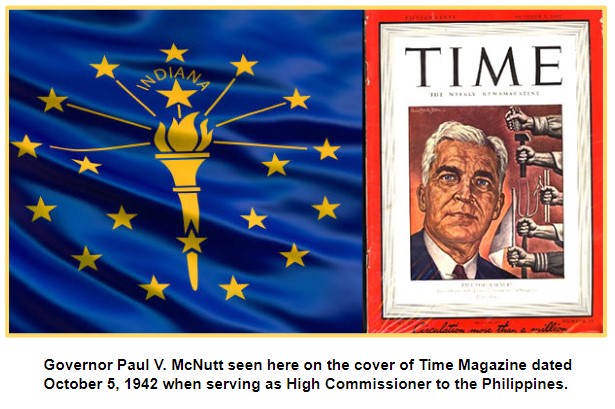
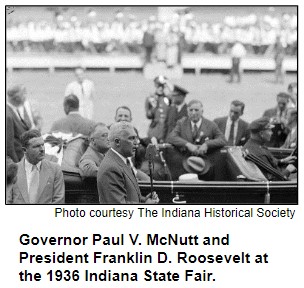 Amid predictions that a recession is possible next year, Hoosier History Live will time travel to the Great Depression and explore one of the two most consequential governors in Indiana history. Paul V. McNutt, who was elected in 1932 (the same year that Franklin D. Roosevelt won the presidency), was even considered as a possible Democratic nominee eight years later for the nation's top office if FDR had decided not to seek an unprecedented third term.
Amid predictions that a recession is possible next year, Hoosier History Live will time travel to the Great Depression and explore one of the two most consequential governors in Indiana history. Paul V. McNutt, who was elected in 1932 (the same year that Franklin D. Roosevelt won the presidency), was even considered as a possible Democratic nominee eight years later for the nation's top office if FDR had decided not to seek an unprecedented third term.
During the early 1930s, McNutt spoke out early on in support of Jews during rise to power of Nazis in Germany, notes our guest, Justin Clark of the Indiana Historical Bureau. Not only will Justin share insights about that during our show, he also will discuss McNutt's lifelong rivalry with Hoosier Wendell Willkie (who, coincidentally, became the Republican nominee for president in 1940) as well as criticisms that McNutt filled state government jobs only with Democrats while governor and clashed with organized labor.
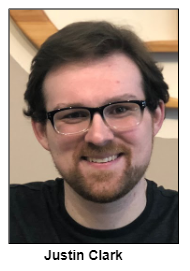
Willkie and McNutt were campus rivals at Indiana University (both were members of the Class of 1913), where two dormitories are named in their honor to this day. McNutt, who had been born in Franklin but primarily grew up in Martinsville, "had one of the most dynamic careers of any Hoosier," says our guest Justin Clark, who is digital services manager at the historical bureau. Justin has written an in-depth blog post about McNutt's life and career and has made presentations to civic groups about the state's leader during the Great Depression.
According to Justin's blog, McNutt "set his sights on the presidency as early as the 1920s, when he was the state and national commander of the American Legion." When FDR decided to seek an unprecedented third term in 1940, McNutt bowed out of contention.
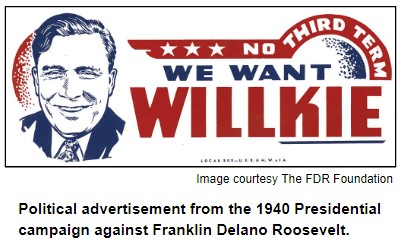
By then, he had been making headlines for many years, including for championing the rights of European Jews in the early 1930s when many American politicians were silent about Adolf Hitler. "No government can long endure that fails to guarantee to its people the right to live as human beings," McNutt said in a widely publicized speech. "The present government of Germany thus writes its own destruction." During the speech, McNutt called for the United States to end diplomatic relations with Germany.
 During his stint as Indiana's governor from 1933 to 1937, McNutt embraced many of FDR's New Deal policies (Justin notes he set up a pension program that paralleled FDR's proposal for Social Security), but also advocated fiscal restraint. For example, he argued against a "bank holiday" during the bank runs of the Great Depression.
During his stint as Indiana's governor from 1933 to 1937, McNutt embraced many of FDR's New Deal policies (Justin notes he set up a pension program that paralleled FDR's proposal for Social Security), but also advocated fiscal restraint. For example, he argued against a "bank holiday" during the bank runs of the Great Depression.
"As governor, Paul McNutt amassed an unprecedented amount of power by centralizing authority in the office of the governor," Linda Gugin wrote in "The Governors of Indiana". She described how FDR appointed McNutt to be the "high commissioner" of the Philippines in 1937. When the Philippines gained independence, he became the country's first ambassador there.
Earlier in his life, McNutt had served in the military during World War I, although he never was sent overseas. As our guest Justin Clark notes, McNutt spent most of the war in Texas, where he met his wife, Kathleen. The couple had made a return visit to the Philippines shortly before his death in 1955. As a veteran, McNutt was buried in Arlington National Cemetery.
Justin Clark has been a guest on previous Hoosier History Live shows, including a program in German Freethinkers in Indianapolis in 2019 and, last April, a program about international business tycoon Henry Ulen from Lebanon, Ind.
Roadtrip: "Indiana’s Stonehenge" in Brown County
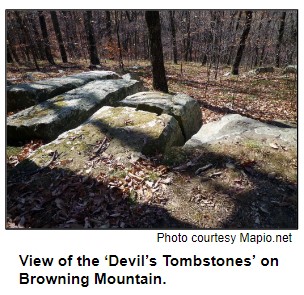 Guest Roadtripper Connie Lucas Schooler, now a realtor in Phoenix, Arizona, suggests a Roadtrip to the mysterious “Stonehenge” on top of Browning Mountain near Elkinsville, Indiana. Connie grew up in Brown County, first in a home that had no electricity or indoor water source, and later a home with more amenities at the base of Browning Mountain. Connie grew up surrounded by family; her great grandparents, her grandparents Herman Lucas and Gladys Deckard Lucas, her parents Raymond and Marie Lucas, and her siblings Forrest, Carol and Brenda Lucas.
Guest Roadtripper Connie Lucas Schooler, now a realtor in Phoenix, Arizona, suggests a Roadtrip to the mysterious “Stonehenge” on top of Browning Mountain near Elkinsville, Indiana. Connie grew up in Brown County, first in a home that had no electricity or indoor water source, and later a home with more amenities at the base of Browning Mountain. Connie grew up surrounded by family; her great grandparents, her grandparents Herman Lucas and Gladys Deckard Lucas, her parents Raymond and Marie Lucas, and her siblings Forrest, Carol and Brenda Lucas.
Connie spent her childhood in the 1950s exploring the woods and the fields of Brown County. "I wasn’t always where I was supposed to be." she said. "One time I wandered all the way up Browning Mountain and got my first look at the large and mysterious rocks on its top. This was my first look at Stonehenge! What a beautiful creation God made. The rocks seemed like a mountain next to me."
"Occasionally the couple that lived on the mountain would come down and stop by and visit us. They had no children and seemed to enjoy our many questions about how they got to their house on Browning Mountain. They were Mr. and Mrs. Parks. And I would often sneak out and wander down the road to neighbors or the little grocery store/gas station/post office/ feed store. I once snuck out while baking cookies with Mom. I walked to the one-room schoolhouse and walked in covered with flour and embarrassed my brother to death. I loved my many adventures wandering through my country wonders.
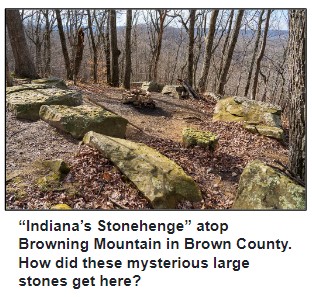 To get to Browning Mountain, take SR 135 south, turn right at Stone Head, and once you reach Story Inn continue straight on Elkinsville Road. Then you go left on Combs Road, pass by a house with a split-rail fence, and you’ll see a sign for the trailhead with a small parking area. The entire hike up and back is under an hour.
To get to Browning Mountain, take SR 135 south, turn right at Stone Head, and once you reach Story Inn continue straight on Elkinsville Road. Then you go left on Combs Road, pass by a house with a split-rail fence, and you’ll see a sign for the trailhead with a small parking area. The entire hike up and back is under an hour.
Connie is a former Hoosier History Live guest, back in 2008 when we were only a half hour show. Connie and her siblings Forrest, Carol, and Brenda talked about being forced out of Elkinsville when the Army Corps of Engineers was building Monroe Reservoir, and the area likely would be flooded. Forrest referenced the move as sort of "rural slum clearance!"You can listen to the Elkinsville Hoosier History Live show from 2008 by clicking here: podcast here.
Who can you see in this “Hoosier History Live Photo Album” . . .
Flip through these photos gleaned from the last fourteen years of Hoosier History Live production! And would you believe that radio technology has completely changed tech wise since we first went on the air in 2008 at WICR? Can you find Bobby Plump, Chris Gahl, Connie Zeigler, Tom Ridley, Bonnie Britton, Tiffany Benedict Browne, Eunice Trotter, David Baker, Lefty Huntzinger, Keira Amstutz, Cowboy Bob, Janie of “Popeye and Janie”, K.P. Singh, Pam Fraizer, and Dark Rain Thom? The voices of so many Hoosiers blended together over the years to make Hoosier History Live such a unique archive.
And thanks to Richard Sullivan of Monomedia for creating this group of images.
Female Cultural Entrepreneurism
Molly Head and Pam Fraizer will speak about "How two Female Cultural Entrepreneurs Survived the Pandemic" on Friday November 18 at Elks Country Club in Richmond, Indiana. The two were asked to speak by Bob Jabobsen of the Richmond Kiwanis Club, who also appeared as a guest on Hoosier History Live in 2013 on a show entitled “Jazz Heritage in Richmond” as a member of the Starr-Gennett Foundation.
Molly Head of Hoosier History Live defines cultural entrepreneurism as "just starting a project that hasn’t been done before, and just trying to make it work, often without having asked permission first. Or, you just keep running things up the flagpole until something waves." Pam Fraizer of Fraizer Designs in Richmond has long done the graphic work for Hoosier History Live, and she created a series of original portraits entitled "Legends of Starr-Gennett'' which featured stylized portraits of early jazz artists who recorded in the Starr-Gennett Studio in Richmond in the early 20th Century.
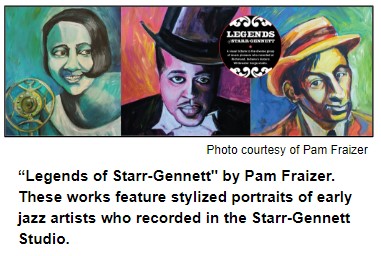
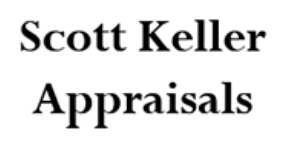
Your contributions helps keep Hoosier History Live on the air, on the web and in your inbox!

We'd like to thank the following recent individual contributors who make this show possible. For a full list of contributors over the years, visit Support the Show on our website.
- In memory of William (Bill) Mihay by Bob Wakefield
- Florence and John Stanton
- Aleta Hodge
- Peggy Hollingsworth
- Lorraine Phillips Vavul
- Margaret Smith
- Jane Hodge
- Jeff Price
- Joe Young
- Sue and Craig Thomson
- Richard Vonnegut
- Jim Lindgren
- Ken and Luan Marshall
Molly Head, CEO and executive producer (317) 506-7164
Ryan DeRome, associate producer
Cheryl Lamb, administrative manager
Richard Sullivan, senior tech consultant
Pam Fraizer, graphic designer
Kathleen Madinger Angelone, Garry Chilluffo, consultants
Please tell our sponsors that you appreciate their support!

 Acknowledgments to WICR-FM, Fraizer Designs, The Indiana Album, Monomedia, Indiana Historical Bureau, Indiana Landmarks, Henri Pensis, Kielynn Tally, Genesis Brown, Leticia Vasselli, Heather McIntyre, and many other individuals and organizations. We are independently produced and are self-supporting through organizational sponsorship and through individual contribution at the yellow button on our newsletter or website. For organizational sponsorship, which includes logos, links, and voiced credits in the show, contact Molly Head at (317) 506-7164 or email her at molly@hoosierhistorylive.org. Our media reach continues to grow via podcasting.
Acknowledgments to WICR-FM, Fraizer Designs, The Indiana Album, Monomedia, Indiana Historical Bureau, Indiana Landmarks, Henri Pensis, Kielynn Tally, Genesis Brown, Leticia Vasselli, Heather McIntyre, and many other individuals and organizations. We are independently produced and are self-supporting through organizational sponsorship and through individual contribution at the yellow button on our newsletter or website. For organizational sponsorship, which includes logos, links, and voiced credits in the show, contact Molly Head at (317) 506-7164 or email her at molly@hoosierhistorylive.org. Our media reach continues to grow via podcasting.
© 2022 Hoosier History Live. All rights reserved.
|



